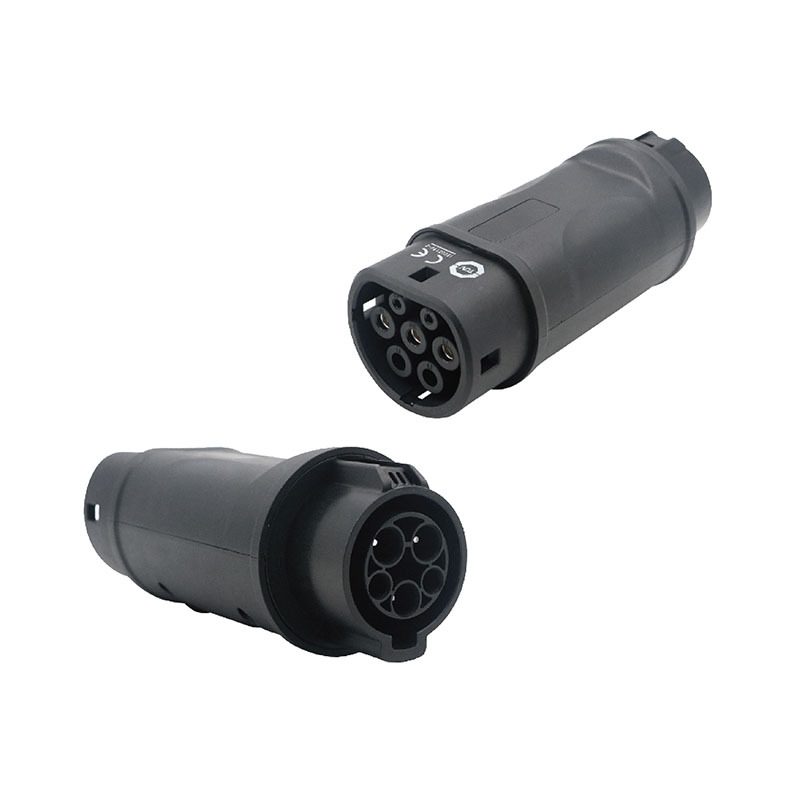EV Charging Mode

What is EV Charging Mode?
Electric vehicle charging is a new load for low voltage electrical installations that can present some challenges. Specific requirements for safety and design are provided in IEC 60364 Low-voltage electrical installations – Part 7-722: Requirements for special installations or locations – Supplies for electric vehicles.
This page mentions EV Charging Modes which include EV charging Mode 1, Mode 2, Mode 3 and EV charging Mode 4. The page describes feature wise difference between EV charging modes.
The charging mode describes protocol between EV and charging station used for safety communication. There are two main methods viz. AC charging and DC charging. The EV charging stations are available to provide charging service to the users of EVs (Electrical Vehicles.)
EV charging mode 1 (<3.5KW)
● Application: Household socket and extension cord.
● This mode refers to charging from standard power outlet with simple extension cord without any safety measures.
● In the mode 1, vehicle is connected to power grid through standard socket outlets (with std. current of 10A) available in-residence premises.
● To use this mode, electrical installation must comply with safety regulations and must have earthing system. Circuit breaker should be available to protect against overload and earth leakage protection. The sockets should have shutters to prevent accidental contact.
● This has been outlawed in many countries.

EV charging mode 2 (<11KW)
● Application: Domestic socket and cable with a protection device.
● In this mode, vehicle is connected to main power via household socket outlets.
● Recharging can be done using single phase or three phase network having earthing installed.
● Protective device is used in the cable.
● This mode 2 is expensive due to stringent cable specifications.
● The cable in EV charging mode 2 can provide in-cable RCD, over current protection, over temperature protection and protective earth detection.
● Due to above features, power will only be delivered to the vehicle if EVSE has met following few conditions.
● Protective Earth is valid
● No error condition exists such as over current and over temperature etc.
● Vehicle has been plugged in, this can be detected via pilot data line.
● Vehicle has requested power, this can be detected via pilot data line.
● Mode 2 charging connection of EV to AC supply network does not exceed 32A and does not exceed 250 V AC single phase or 480 V AC.

EV charging mode 3 (3.5KW ~22KW)
● Application: Specific socket on a dedicated circuit.
● In this mode, vehicle is connected directly to electrical network using specific socket and plug.
● A control and protection function is also available.
● This mode meets applicable standards used to regulate electrical installations.
● As this mode 3 allows load shedding, household appliances can also be used while vehicle is being charged.

EV charging mode 4 (22KW~50KW AC, 22KW~350KW DC)
● Application: Direct current connection for fast charging.
● In this mode, EV is connected to main power grid through external charger.
● Control and protection functions are available with the installation.
● This mode 4 uses wired in DC charging station which can be used in public places or at home.

Post time: Dec-15-2022












